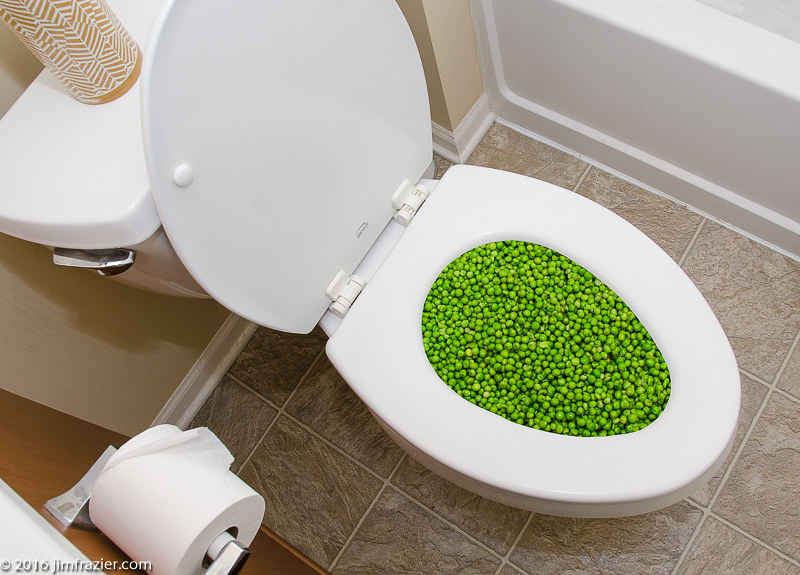Is it Recommended to Dispose of Food Down the Toilet?
Is it Recommended to Dispose of Food Down the Toilet?
Blog Article
Just how do you really feel in relation to Think Twice Before Flushing Food Down Your Toilet?

Introduction
Lots of people are frequently faced with the dilemma of what to do with food waste, especially when it concerns leftovers or scraps. One common inquiry that occurs is whether it's okay to flush food down the commode. In this short article, we'll delve into the reasons why people could think about purging food, the consequences of doing so, and different approaches for proper disposal.
Reasons people could think about flushing food
Lack of understanding
Some people may not understand the possible harm caused by purging food down the commode. They may incorrectly believe that it's a safe practice.
Comfort
Purging food down the bathroom may seem like a fast and easy remedy to getting rid of unwanted scraps, particularly when there's no nearby trash can available.
Negligence
In many cases, people may simply pick to flush food out of sheer negligence, without taking into consideration the consequences of their actions.
Effects of flushing food down the bathroom
Environmental influence
Food waste that ends up in waterways can contribute to contamination and harm aquatic ecosystems. In addition, the water used to flush food can strain water sources.
Pipes problems
Flushing food can bring about blocked pipelines and drains, creating costly plumbing repair work and aggravations.
Kinds of food that need to not be purged
Fibrous foods
Foods with fibrous textures such as celery or corn husks can get tangled in pipelines and create obstructions.
Starchy foods
Starchy foods like pasta and rice can absorb water and swell, leading to clogs in pipelines.
Oils and fats
Greasy foods like bacon or food preparation oils should never be purged down the commode as they can strengthen and cause clogs.
Appropriate disposal approaches for food waste
Making use of a waste disposal unit
For homes geared up with garbage disposals, food scraps can be ground up and purged with the pipes system. Nonetheless, not all foods are suitable for disposal in this way.
Recycling
Certain food packaging materials can be recycled, reducing waste and minimizing ecological effect.
Composting
Composting is an environment-friendly way to throw away food waste. Organic products can be composted and made use of to enrich dirt for gardening.
The value of appropriate waste administration
Decreasing environmental injury
Appropriate waste administration methods, such as composting and recycling, assistance minimize contamination and maintain natural resources for future generations.
Safeguarding pipes systems
By preventing the practice of flushing food down the bathroom, home owners can protect against costly plumbing fixings and maintain the honesty of their plumbing systems.
Conclusion
Finally, while it may be appealing to flush food down the commode for ease, it is very important to comprehend the potential effects of this activity. By embracing correct waste management practices and dealing with food waste sensibly, people can contribute to much healthier plumbing systems and a cleaner environment for all.
FLUSH FOOD DOWN THE TOILET?
FLUSHING FOOD CAN CAUSE BLOCKED DRAINS IN YOUR HOME
All of the plumbing fixtures in your home are connected to the same sewer pipe outside of your home. This outdoor sewer pipe is responsible for transporting all the wastewater from your home to the Council sewer mains. Even small pieces of food that go down the kitchen sink can cause problems for your sewer. It should therefore be obvious that flushing larger bits of food, such as meat, risks a clog in either the toilet itself or the sewer pipes. Flushing greasy food is even more problematic because oil coagulates when it cools, coating the interior lining of your pipes.
THE TOILET IS NOT A BIN
Food isn’t the only thing that people shouldn’t be flushing down the toilet. People use the toilet to dispose of all kinds of things such as tampons, makeup wipes, dental floss, kitty litter and even underwear. Water goes to great lengths to educate residents about the high costs and stress placed on wastewater treatment systems simply from people flushing the wrong stuff down the toilet. It costs taxpayers millions of dollars each year, and homeowners thousands in blocked drain repairs.
FLUSHING FOOD IS A WASTE OF WATER
Flushing food is a waste of our most precious resource - water. In June this year Level 1 water restrictions were introduced to protect water supply from drought conditions. Much of New South Wales continues to be affected by prolonged drought with recent figures revealing up to 97 per cent of the state remains in drought. Depending on whether you have a single or dual flush toilet, every single flush uses between five and 11 litres of water. In the current climate this is a huge amount of water to be wasting on flushing food that should be placed in the bin (or better yet, the compost).
https://www.jabplumbingsolutions.com.au/blog/can-you-flush-food-down-the-toilet

Do you really like more info about Think Twice Before Flushing Food Down Your Toilet? Place a short review down below. We would be glad to see your opinions about this blog entry. In hopes to see you back again soon. If you please take the opportunity to distribute this post if you enjoyed it. I cherish reading our article about Is it safe to flush food (especially rice) down the toilet?.
Here Report this page